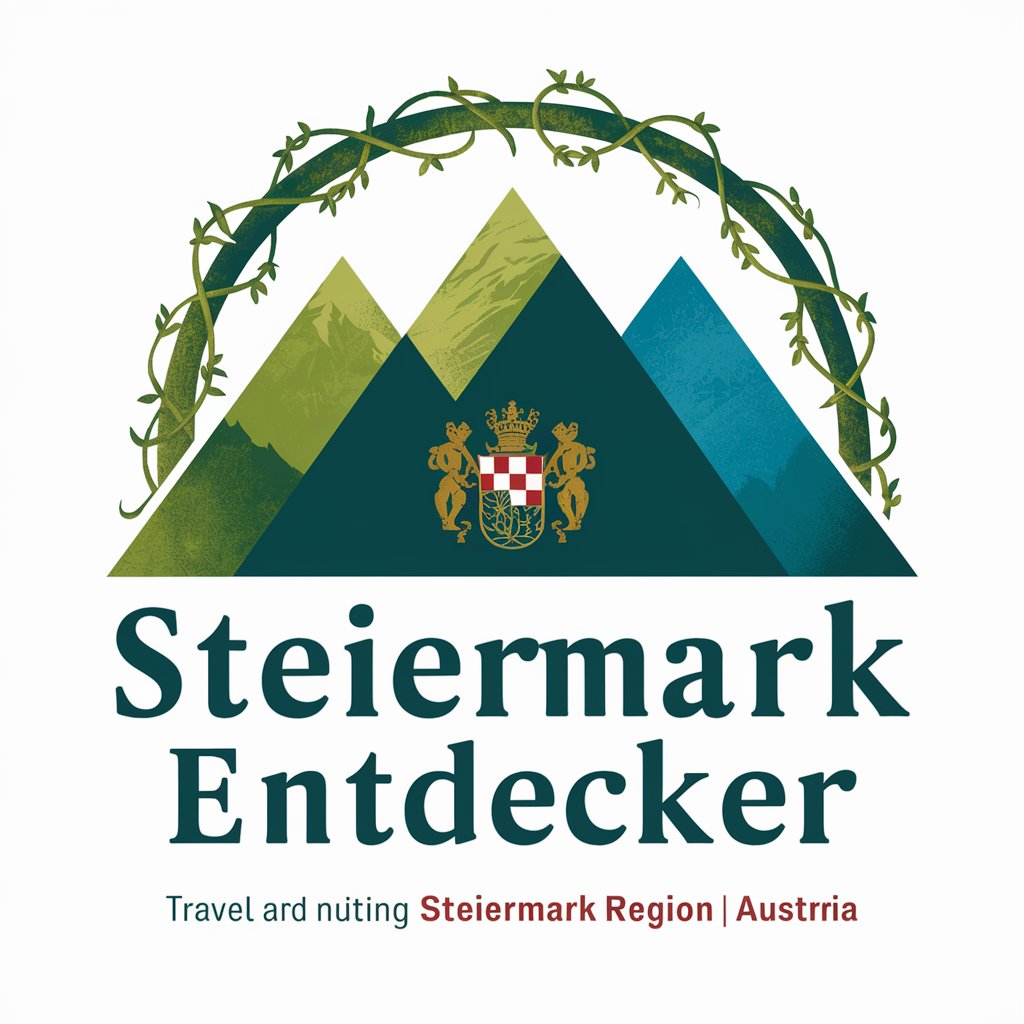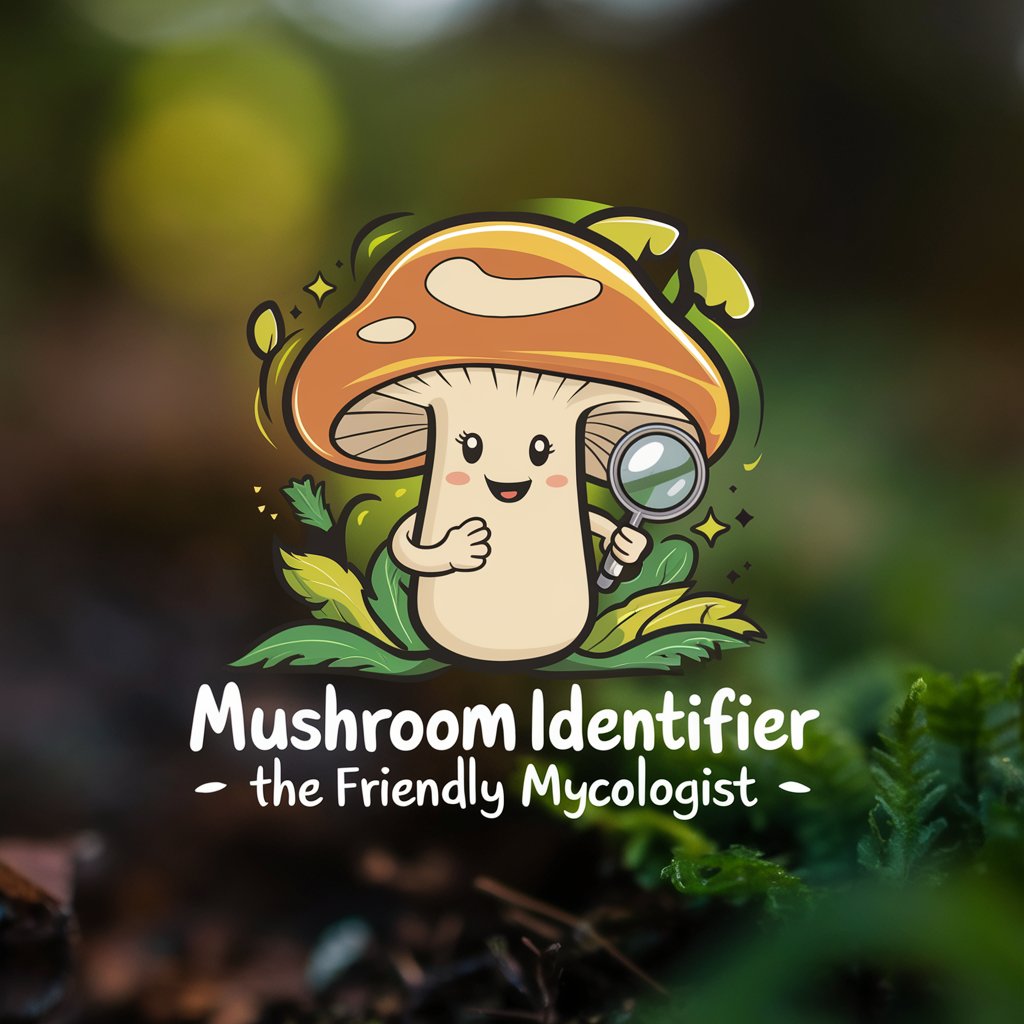3 GPTs for Nature Hiking Powered by AI for Free of 2025
AI GPTs for Nature Hiking are advanced tools built on the framework of Generative Pre-trained Transformers designed to enhance the hiking experience through personalized assistance and information. These AI models are adept at understanding and generating natural language, making them highly applicable in providing tailored advice, route recommendations, safety tips, and environmental education for hikers. Their relevance lies in the ability to digest vast amounts of data related to outdoor activities and present it in an easily accessible format, thus bridging the gap between technology and nature exploration.
Top 3 GPTs for Nature Hiking are: Steiermark Buddy,Center of Portugal,Mushroom Identifier - The Friendly Mycologist
Key Capabilities of Nature Hiking AI Tools
These AI tools boast a range of features tailored for the hiking enthusiast. They can generate detailed hiking trails based on user preferences, offer real-time weather updates, identify flora and fauna through image recognition, and provide educational content on environmental conservation. Advanced language models enable interactive conversations, offer technical support for navigation devices, and can even simulate hiking experiences through detailed narrative. Their adaptability ranges from serving basic informational needs to complex scenario planning, making them indispensable companions for nature hikes.
Who Benefits from Hiking-Focused AI?
AI GPTs for Nature Hiking are designed for a wide audience, including hiking novices seeking guidance, outdoor enthusiasts looking for detailed trail information, and professionals in environmental education and conservation. These tools are accessible to users without programming skills, offering straightforward interfaces for interaction. Additionally, they cater to developers and tech-savvy individuals by providing customization options to integrate AI capabilities into specialized applications or devices, enhancing the outdoor experience through technology.
Try Our other AI GPTs tools for Free
Event Attendance
Discover how AI GPTs for Event Attendance revolutionize event management through automation, personalization, and insightful analytics, enhancing both efficiency and engagement.
Spell Automation
Unlock the power of AI for spell checking and text enhancement with our advanced Spell Automation tools, designed for accuracy, adaptability, and user-friendliness.
Character Enhancement
Discover AI GPTs for Character Enhancement - your gateway to creating vivid, lifelike characters for storytelling, gaming, and digital media. These tools bring characters to life, making them more relatable and immersive.
NPC Traits
Discover how AI GPTs revolutionize NPC creation in gaming, offering dynamic, realistic characters that enhance player immersion and narrative depth.
Ability Coding
Discover how AI GPTs for Ability Coding revolutionize software development with adaptable coding assistance, error correction, and optimization for all skill levels.
Topic Explanations
Discover how AI GPTs revolutionize Topic Explanations, offering tailored, accessible insights across a range of fields with advanced AI technology.
Expanding Horizons with AI in Nature Hiking
AI GPTs for Nature Hiking not only enhance the user's experience through interactive and personalized services but also contribute significantly to environmental education. Their ability to integrate seamlessly with other digital tools and platforms allows for a holistic approach to exploring and understanding the natural world. The user-friendly interfaces ensure that these advanced technologies are accessible to all, fostering a deeper connection between technology, nature, and the hiking community.
Frequently Asked Questions
What exactly are AI GPTs for Nature Hiking?
AI GPTs for Nature Hiking are specialized versions of generative pre-trained transformer models that provide information, assistance, and interactive services related to hiking and outdoor activities.
How can these AI tools enhance my hiking experience?
They offer personalized trail recommendations, safety tips, weather updates, and educational content on flora, fauna, and conservation, making your hike safer and more informative.
Do I need technical skills to use these AI tools?
No, these tools are designed for easy use by anyone, regardless of their technical background, with user-friendly interfaces and straightforward functionalities.
Can I customize the AI tool to suit my specific hiking needs?
Yes, developers and those with programming knowledge can access customization options to tailor the tool's functionalities to specific requirements or integrate them into existing systems.
Are these AI tools capable of real-time interaction?
Yes, many of these tools offer real-time conversational capabilities, providing instant assistance and information to hikers.
Can the AI identify plants and animals I encounter on my hike?
Yes, with image recognition features, these tools can identify and provide information on various species of flora and fauna.
Is there an option for route planning and navigation?
Yes, AI GPTs can generate personalized hiking routes based on your preferences and provide navigation assistance.
How do these tools contribute to environmental conservation?
By educating users on conservation practices and the importance of preserving natural habitats, these tools play a role in promoting environmental awareness among hikers.


